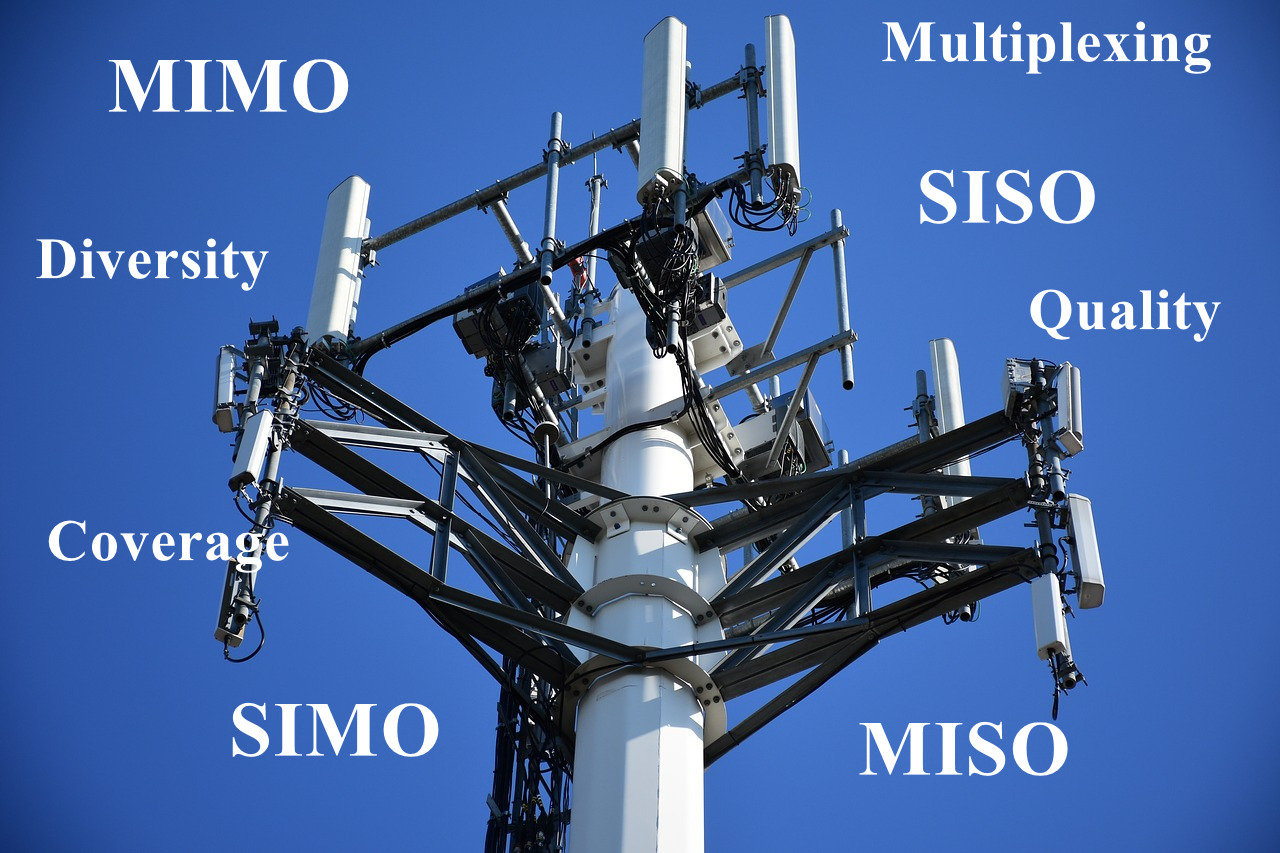Introduction
Radio side of the network is more complicated in comparison with other domains, because of mobility and user behaviour. A user can be nearby the serving cell under perfect radio environment, and another user can be in the cell edge with very bad radio coverage. So consequently, one of them may be able to get very good experience but other not. It is just one of the simple examples. Both users are very important for the operators and need to deliver better service to them. But how?
In that reason radio equipment manufacturers always spend a huge of amount for their research and development departments to invent or enhance the existing features to overcome such problems.
One of the crucial features in LTE is MIMO which we will talk about, it is used to for radio link robustness, improve spectral efficiency and enhance user data throughput. As we can see here MIMO has several options, not just to robust radio link and it can also give another benefit.
MIMO is a complex technique in terms of working principle and is already used for legacy technologies: e.g WiFi, HSPA+, WiMax, LTE and LTE-Advanced.
Multiple-input and Multiple-output is the complete name of MIMO, below quote is from Wikipedia:
“At one time, in wireless the term “MIMO” referred to the use of multiple antennas at the transmitter and the receiver. In modern usage, “MIMO” specifically refers to a practical technique for sending and receiving more than one data signal simultaneously over the same radio channel by exploiting multipath propagation.”
What we can understand from the quote, in modern usage the MIMO is mostly used for different signal streams to be transmitted simultaneously with taking advantage of multipath propagation and it will result higher data throughput.
MIMO Overview
In MIMO terminology we can see multiple antenna configurations:
SISO
Single Input Single Output, it is very simple configuration in antenna system. Only one transmit and one receive antenna is used. No diversity, no extra option to improve SINR and data throughput. Due to multipath signal effect, this system is vulnerable.
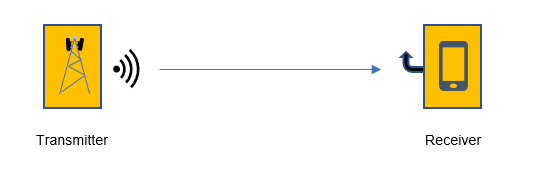
SIMO
Single Input Multiple Output, it is also known as Receive Diversity. The receiver will receive same data by multiple receiver points and will make selection of best signal (Switched Diversity) or combining (Maximum Ratio Combining – MRC) to improve signal to noise ratio. Because of the different transmission paths, the receiver sees two differently faded signals.
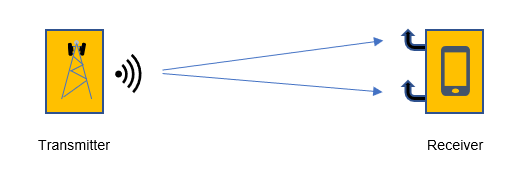
MISO
Multiple Input Single Output, also known as Transmit Diversity: same versions of the data will be transmitted over different path to improve link reliability. It is like redundant versions on different path.
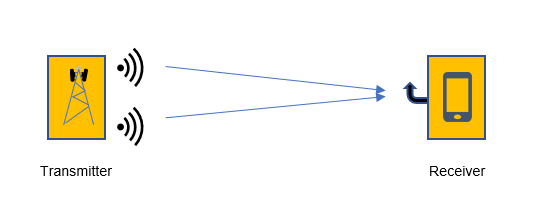
MIMO
Multiple Input Multiple Output,
- More than one antenna in both receiver and transmitter sides
- Mostly intended for two types of benefits:
- Spatial Multiplexing: an information which is going to be transmitted will be separated into multiple streams and transmitted independently through different paths. Target is to improve data throughput at receiver side, but not helps for radio link reliability.
- Diversity Gain: each channel towards to the receiver may experience different level of fading and interference. Here on different channels, multiple versions of the same information are transmitted and selection or combining happens on receivers’ side. From such kind of multipath propagation, the diversity technique may exploit a gain which is called Diversity Gain. Tradeoff is obvious between Spatial Multiplexing and Diversity Gain.
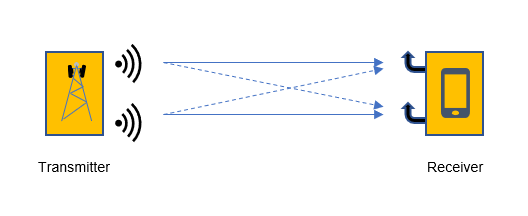
Transmission Modes
3GPP specified variety versions of antenna techniques for different usage scenarios and classified them under Transmission Mode numbers for DL and UL separately. Classification might be due to capacity, link reliability, high speed user or low speed user, beamforming etc.

